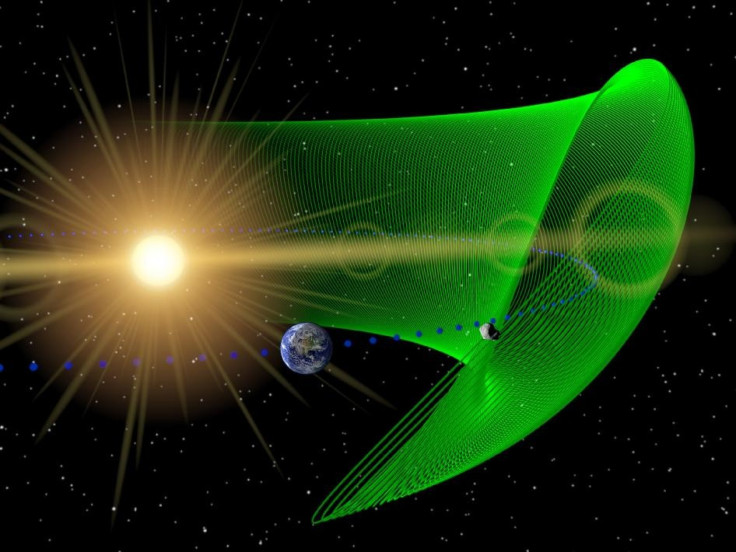NASA's WISE Unveils The First Ever Earth-Bound Trojan Asteroid

A long-hidden companion of the Earth was discovered by astronomers - the first Trojan asteroid circling the sun in the Earth's orbit.
Astronomers studying data from an orbiting NASA observatory discovered the first known Trojan of the Earth.
Trojans are asteroids that share an orbit with a planet, locked stably by a gravitational balancing force between the planet and the Sun.
Nepture, Jupiter and Mars are known to have Trojans. The belt of rocky debries around Jupiter carries over 4,000 Trojan asteroids.
But Earth-bound Trojans would be quite exciting for the next step of human endeavor in the space, because those asteroids could be ideal candidates for astronauts' visit, a hope NASA carries for the upcoming 15 years.
The existence of Earth-bound Trojans had been predicted, but was difficult to spot because they are relatively small and their locations can only be seen from Earth in daylight.
"When you look out towards Jupiter you've got no real problems picking up its Trojans because they're in the night sky for us most of the time", says Dr Martin Connors, a scientist from Athabasca University in Canada who led the study.
"But for our own Trojans, they're kind of near to the Sun, so they're the sort of thing you'll only see for an hour or so in the evening and in the morning, that's your only opportunity to look for them. That's why none have been found before."
But an exit to the mystery was found when NASA launched Wide-field Infrared Survey Explorer spacecarft (WISE), a machine that can look at the infrared light that comes from all over the sky. WISE was especially good at detecting asteroids, finding aroudn 150,000 asteroids, of which 500 residing near the Earth, said Connors.
Thanks to the data from WISE, Connors and colleagues could identify a small asteroid named "2010 TK7" as a highly potential Earth Trojan. Ground-based telescopes were then used to confirm the sighting.
It turns out that the Earth-bound Trojan has been stably orbiting the sun together with the Earth for over 10,000 years.
Though we want to know more about this tiny company of the Earth, very little about this Trojan has been known to scientists.
"Based on the amount of light it reflects we estimate it to be about 300 metres wide, about the size of a small neighbourhood," Connors said.
"We know nothing (else) about it, a situation we hope will change in the future."
And scientists hope to find some more friends of the asteroid, because they can be good destinations for NASA's astronauts to explore.
2010 TK7 is big enough for such a mission, says Connors. However, its orbit is tilted, and will cause a spacecraft some difficulty in entering the orbit.
"But the fact that this one exists means you could go looking for others which would be more suitable as targets for astronauts."
"It's as though Earth is playing follow the leader," said Amy Mainzer of NASA's Jet Propulsion Laboratory in Pasadena, California. "Earth always is chasing this asteroid around."
The asteroid is about 50 million miles from Earth, and it never gets close enough to the Earth to harm us. We can be rest assured to wait for more news on the Earth's new Trojan friend.
© Copyright IBTimes 2024. All rights reserved.





















